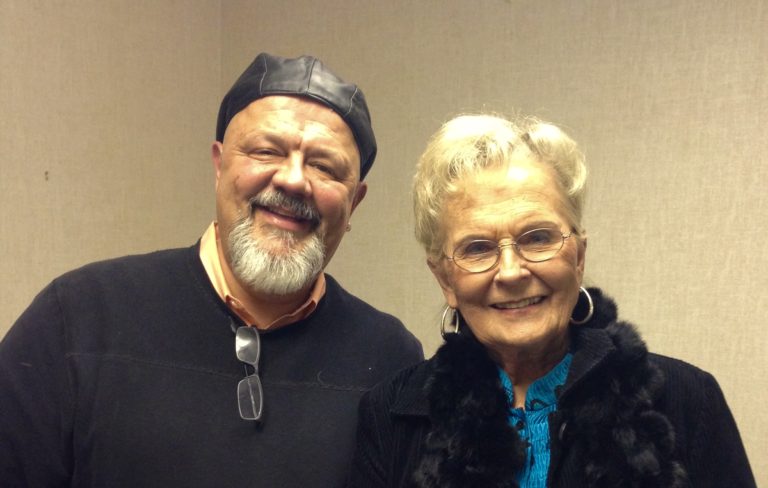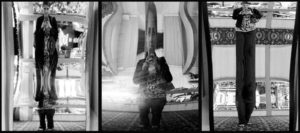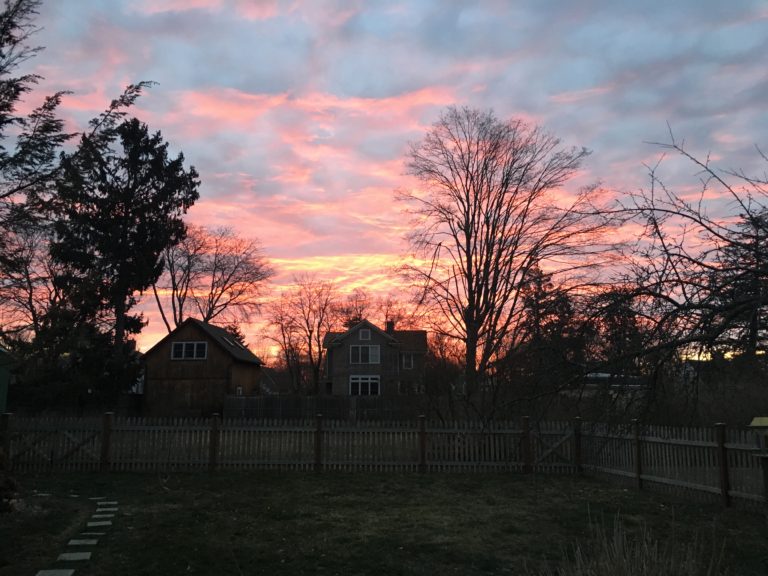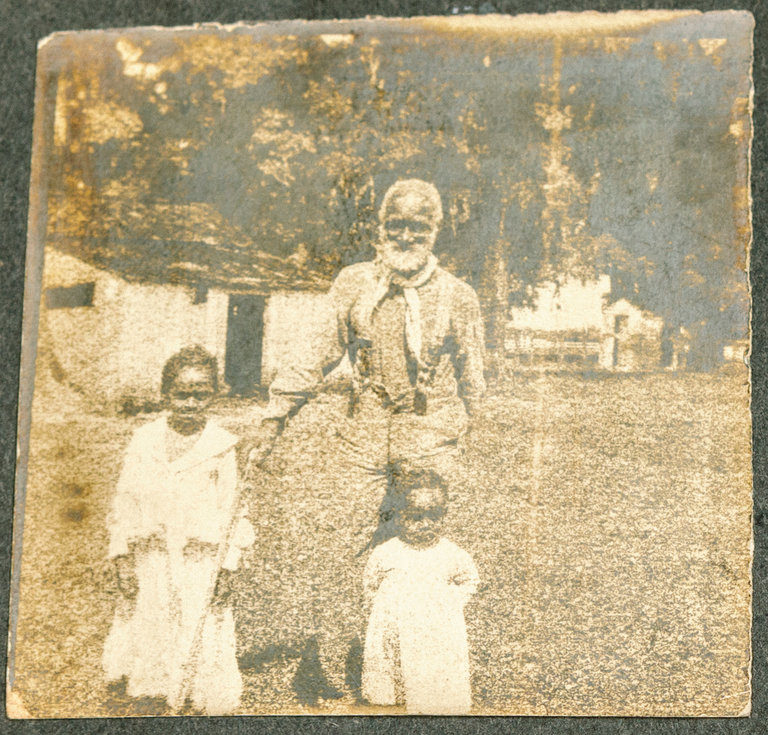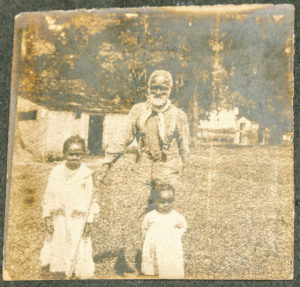John 2:1-12
On the third day there was a wedding in Cana of Galilee, and the mother of Jesus was there. Jesus and his disciples had also been invited to the wedding. When the wine gave out, the mother of Jesus said to him, “They have no wine.” And Jesus said to her, “Woman, what concern is that to you and to me? My hour has not yet come.” His mother said to the servants, “Do whatever he tells you.” Now standing there were six stone water jars for the Jewish rites of purification, each holding twenty or thirty gallons. Jesus said to them, “Fill the jars with water.” And they filled them up to the brim. He said to them, “Now draw some out, and take it to the chief steward.” So they took it. When the steward tasted the water that had become wine, and did not know where it came from (though the servants who had drawn the water knew), the steward called the bridegroom and said to him, “Everyone serves the good wine first, and then the inferior wine after the guests have become drunk. But you have kept the good wine until now.” Jesus did this, the first of his signs, in Cana of Galilee, and revealed his glory; and his disciples believed in him.
After this he went down to Capernaum with his mother, his brothers, and his disciples; and they remained there a few days. (NRSV)
I can’t help myself.
Every time I have sat down to think about the wedding at Cana, all I can hear is Emmylou Harris singing Chuck Berry:
it was a teenage wedding and the old folks wished them well,
you could see Pierre did truly love that mademoiselle—
and now the young monsieur and madame have rung the chapel bell,
“c’est la vie,” say the old folks, “it go to show you never can tell.”
This miracle is traditionally taken to be the first one because it shows up so quickly in John’s gospel. However it is that Jesus ended up at the celebration, it’s the story John chooses to tell pretty much right out of the box. We already know that John was a bit of a poet with his introduction (“In the beginning was the Word . . .”), but before he gets to the end of Chapter One, Jesus is has moved out of metaphor and into real life. He talks with some Pharisees, is baptized by John, calls some of his disciples, and then heads to Galilee. By the end of Chapter One, John has said, “the next day,” three times. He starts Chapter Two with, “On the third day . . . ,” which lets us know our poet is not necessarily marking time like everyone else.
The miracle itself feels like an act of insignificant extravagance: no one was healed, no one was saved, no one was changed, he didn’t talk to anyone but his mother and the servants, we never hear that the bride and groom even knew there was a problem; other than the disciples, no one appears to have even noticed.
What I notice is the heart of this story is between Jesus and his mother. The bride and the groom were gleefully unaware. The wedding steward wasn’t looking for a sign—only a solution. Mary, it seems, was trying to help a friend, though it’s not clear why she was on the inside of the problem. For some reason, she took it on. Mary finds Jesus to tell him they had run out of wine.
His response brings me to one of my biggest questions in scripture: how in the world did Jesus get away with saying, “Woman, what concern is that to you and to me? My hour has not yet come.”? Seriously? I have played the scene in my mind, and have yet to find a manner in which those words could be delivered without serious repercussions. Mary lets him have his say and then turns to the servants and says, “Do whatever he tells you,” and goes back to dinner.
And Jesus steps up.
Any time we read scripture, I suppose, we read ourselves into the story. When I read this story, I remember an interchange with my mother from many years ago, which may be why the dynamic between Jesus and Mary jumps out at me. My parents were living in Waco—in a town where I had never lived with them, in a house where I had never lived. As a Third Culture Kid, even the houses we had lived in together didn’t feel like home. Ginger and I were living in Boston at the time—in a house I had inhabited longer than anywhere else, and in a home we had built together. I don’t remember why I was in Waco.
On three different occasions, my mother said, “It’s good to have you home.”
Each time I responded, “I’m glad to be in your house.”
As many times as I have replayed the scene in my mind, I don’t remember trying to be adversarial. My tone was not contentious. If anything, I was searching—or at least I can see that now. I was glad to see her, to be with her and Dad, but I wasn’t home. The distance from the event has given me room to try and imagine what it felt like to be on the receiving end of my words. She spent a good share of her life moving around, as well. She and Dad had worked hard to make homes for my brother and I, and then for themselves in Houston and Waco after Miller and I moved on. Our family script—this part written mostly by my father—was that we left home after college and made home for ourselves. Looking back, I see all of us were trying to figure out what home meant, even as we were working out what it meant to be family. And we came up with different answers.
After she and I played the same scene three or four times, she said, “Every time I say, ‘It’s good to have you home,’ you said, ‘It’s good to be in your house.’”
“That’s because this isn’t my home,” I said. “I never lived in this house with you. I only lived in this town in college. It doesn’t feel like home to me.”
“But home,” she said, “is where your mother is.”
“Mom,” I answered, “you haven’t always believed that. When you were my age, you set sail to spend your life ten thousand miles away from your mother. You taught Miller and I to go where God called us. You are my family, but this is not my home.”
She didn’t say anything else and we went on with our time together. Two days later, as I prepared to leave, she hugged me, kissed me on the cheek, and said, “It was good to have you home.”
I answered, “It was good to be here.”
The gospels don’t offer a great deal of information about the relationship between Jesus and Mary. We know of her sense of calling in being his mother—“Let it be . . .”—and that she was with him as he died. John notices that the two of them, along with the rest of the family and the disciples, spent some time together after the wedding. Maybe they talked about what happened. Maybe not. Either way, as Jesus got ready to leave, I can hear Mary saying, “It was good to have you home.”
Peace,
Milton
Next Monday: Loaves and Fishes
